This blog was updated on 05/10/2020.
Contents
1. Summary
2. Characters
3. Themes
4. Literary Devices
5. Important Quotes
6. Sample Essay Topics
7. A+ Essay Topic Breakdown
Pride and Prejudice is usually studied in the Australian curriculum under Area of Study 1 - Text Response. For a detailed guide on Text Response, check out our Ultimate Guide to VCE Text Response.
Summary
Jane Austen’s 1813 novel, Pride and Prejudice, follows the titular character of Elizabeth Bennet as she and her family navigate love, loyalty and wealth.
When Mrs. Bennet hears that a wealthy, young and eligible bachelor, Mr. Bingley, has moved into the manor of Netherfield Park nearby, she hopes to see one of her daughters marry him. Of the five daughters born to Mr. and Mrs. Bennet, Jane, Elizabeth, Mary, Kitty and Lydia, Jane takes an early liking to Mr. Bingley despite his friend, Mr. Darcy, initial coldness and apathy towards her younger sister Elizabeth. Though Mr. Darcy’s distaste soon grows to attraction and love.
While Jane and Mr. Bingley begin to fall for each other, Elizabeth receives and declines a marriage proposal from her supercilious cousin Mr. Collins, who eventually comes to marry Elizabeth’s dear friend Charlotte. While Mr. Darcy is in residence at Netherfield Park, Elizabeth finds and enjoys the company of a young officer named Mr. Wickham who too has a strong disliking for Mr. Darcy. Mr. Wickham claims it was Mr. Darcy who cheated him out of his fortune, which then deepens Elizabeth's initial ill impression of the arrogant man.
After a ball is held at Netherfield Park, the wealthy family quits the estate, leaving Jane heartbroken. Jane is then invited to London by her Aunt and Uncle Gardiner, which Mr. Darcy fails to tell Mr. Bingley as he has persuaded him not to court Jane because of her lesser status.
When Elizabeth visits her newly married friend Charlotte, she meets Lady Catherine de Bourgh’s (Mr. Darcy’s Aunt) other nephew, Colonel Fitzwilliam. While there, Mr. Darcy appears and proposes to Elizabeth unexpectedly claiming he loves and admires her. To Mr. Darcy’s surprise, Elizabeth refuses as she blames him for ruining Mr. Wickam’s hopes of success and for keeping Jane and Mr. Bingley apart. Mr. Darcy later apologies in a letter and admits to persuading Mr. Bingley not to pursue Jane, but argues that her love for him was not obvious. In the letter, he also denies Wickam’s accusations and explains that Wickham had intended to elope with his sister for her fortune.
Elizabeth joins her Aunt and Uncle in visiting Mr. Darcy’s great estate of Pemberley under the impression he would be absent. It is there that Elizabeth learns from the housekeeper that Mr. Darcy is a generous landlord. Elizabeth and Mr. Darcy then have a chance encounter after he returns home ahead of schedule. Following her previous rejection of him, Mr. Darcy has attempted to reform his character and presents himself amiably to Elizabeth’s Aunt and Uncle as she begins to warm up to him.
Mr Darcy happens upon Elizabeth as she receives the terrible news that Lydia has run off with Wickam in an event that could ruin her family. Mr. Darcy then going out in search for Wickham and Lydia to hurry their nuptials. When Mr. Bingley and Mr. Darcy return to Netherfield Park, Elizabeth is pleased to see him though Darcy shows no sign of his regard for her. Jane and Mr. Bingley soon become engaged.
Soon thereafter, Lady Catherine visits the Bennets and insists that Elizabth never agree to marry her nephew. Darcy hears of Elizabeth's refusal, and when he next comes, he proposes a second time which she accepts, his pride then humbled and her prejudices overturned.
Characters
- Elizabeth Bennet
- Mr. Fitzwilliam Darcy
- Jane Bennet
- Mr. Charles Bingley
- Mr. Bennet
- Mrs. Bennet
- George Wickham
- Lydia Bennet
- Mr. Collins
- Miss Bingley
- Lady Catherine De Bourgh
- Mr. and Mrs. Gardiner
- Charlotte Lucas
- Georgiana Darcy
- Mary Bennet
- Catherine Bennet
Themes
Pride
Within the text the theme of pride is ever present as it plays a major role in how Austen’s characters present themselves, their attitudes and how they treat each other. For much of the novel pride blinds both Mr. Darcy and Elizabeth of their true feelings and hence becomes something both characters must overcome. While Darcy’s pride makes him look down upon those not immediately within his social circle, Elizabeth takes so much pride in her ability to judge the character of others that she refuses to amend her opinions even when her initial judgements are proven wrong. Indeed, this is why Elizabeth despises the benign Darcy early on in the text, but initially takes a liking to the mendacious Wickham. By the denouement of the novel, both Datcy and Elizabeth have overcome their pride by encouraging and supporting each others own personal evolution. Indeed, as Darcy sheds his elitism Elizabeth comes to realise the importance of revaluation.
Prejudice
The tendency of others to judge one another based on perceptions, rather than who they are and what they value becomes a point of prolific discussion within Pride and Prejudice. Indeed, the title of the text clearly implies the related nature of pride and prejudice as both Darcy and Elizabeth are often shown to make the wrong assumptions; Darcy’s assumptions grounded in his social prejudice whereas Elizabeth’s is rooted in her discernment led astray by her excessive pride. As Austen subtly mocks the two lovers biases, she gives the impression that while such flaws are common faulting someone else for the prejudice is easy while recognising it in yourself is hard. While Austen’s representation of prejudice is aligned with personal development and moral growth as she wittingly condemns those who refuse to set aside their prejudices like Lady Catherine and Caroline.
Family
The family unit that Austen displays with Pride and Prejudice becomes the social and domestic sphere as it forms the emotional center of the novel in which she grounds her analysis and discussion. Not only does the family determine the social hierarchy and standing of its members but provides the intellectual and moral support for its children. In the case of the Bennet family, Austen reveals how the individuals identity and sense of self is molded within the family as she presents Jane and Elizabeth as mature, intelligent and witty and lydia as a luckless fool. Not only this, Austen reveals the emotional spectrum that lives within every family as shown through Elizabeth’s varying relationship with her parents; the tense relationship with her mother and sympathy she shares with her father.
Marriage
At the center of its plot, Pride and Prejudice examines the complex inequality that governs the relationships between men and women and the limited options that women have in regards to marriage. Austen portrays a world in which the socio-economic relationship between security and love limits the woman and her choices as it based exclusively on a family’s social rank and connections. Indeed, the expectations of the Bennet sisters, as members of the upper class is to marry well instead of work. As women can not inherit their families estate nor money, their only option is to marry well in the hope of attaining wealth and social standing. Through this, Austen explains Mrs. Bennet’s hysteria about marrying off her daughters. Yet Austen is also shown to be critical of those who marry purely for security, thereby offering Elizabth as the ideal, who initially refuses marriage as she refutes financial comfort but ends up marrying for love.
Class and Wealth
As Austen focuses much of her novel on the impacts of class and wealth, she makes clear of the system that favours the rich and powerful and often punishes the weak and poor. Characters like Lady Catherine, whose enforcement of rigid hierarchical positions often leads her to mistreatment of others. Other characters like Mr. Collins and Caroline are depicted as void of genuine connection as they are unable to live and love outside the perimeter of their social standing. In contrast, characters such as Bingley and the Gardiners offer a respectable embodiment of wealth and class through their kindness and manners. Indeed, Austen does not criticise the entire class system as she offers examples that serve to demonstrate the decency and respectability. Darcy embodies all that a high-class gentleman should as though he is initially presented as flawed and arrogant, it becomes clear as the novel progresses that he is capable of change. Always generous and compassionate, his involvement with Elizabeth helps to brings his nurturing nature to the foreground, evident in his attempts to help the foolish lydia. Ultimately, Austen suggest through Darcy’s and Elizabeth's union that though class and wealth are restrictive, they do not determine one’s character nor who one is capable of loving.
Literary Devices
- Symbolism, imagery and allegories
- Setting
- Narration
- Tone
- Writing style
- Title
- Three Act plot
Important Quotes
- “It is a truth universally acknowledged, that a single man in possession of a good fortune, must be in want of a wife.” (ch.1)
When writing on any text in Text Response, it is essential to use quotes and analyse them.
Let’s take this quote, for example.
“it is a truth universally acknowledged, that a single man in possession of a good fortune, must be in want of a wife”
This is the opening line of the novel. It is satirical, ironic and mocking in tone. Austen makes fun of the notion that wealthy bachelors must be wanting to marry in order to be valued in society. By using this tone, she subverts this “truth universally acknowledged” and encourages readers to question this societal presumption of wealth and marriage.
Have a look at the following quotes and ask yourself, ‘how would I analyse this quote?’:
- “She is tolerable; but not handsome enough to tempt me; and I am in no humour at present to give consequence to young ladies who are slighted by other men.” (ch.3)
- "An unhappy alternative is before you, Elizabeth. From this day you must be a stranger to one of your parents. Your mother will never see you again if you do not marry Mr. Collins, and I will never see you again if you do." (ch.20)
- “In vain have I struggled. It will not do. My feelings will not be repressed. You must allow me to tell you how ardently I admire and love you.” (ch.34)
- “They were all of them warm in her admiration; and at that moment she felt that to be mistress of Pemberley might be something!” (ch.43)
- “You are too generous to trifle with me. If your feelings are still what they were last April, tell me so at once. My affections and wishes are unchanged, but one word from you will silence me on this subject forever.” (ch.58)
Essay Topics
1. What do the various relationships shown in Pride and Prejudice tell us about love, marriage and society?
2. Austen shows that even those of the best moral character can be blinded by their pride and prejudice. To what extent do you agree?
3. Elizabeth Bennet holds a radical view of marriage for her time. What impact does this attitude have on the other characters' lives and relationships? Discuss.
For more sample essay topics, head over to our Pride and Prejudice Study Guide to practice writing essays using the analysis you've learnt in this blog!
Essay Topic Breakdown
Whenever you get a new essay topic, you can use LSG’s THINK and EXECUTE strategy, a technique to help you write better VCE essays. This essay topic breakdown will focus on the THINK part of the strategy. If you’re unfamiliar with this strategy, then check it out in How To Write A Killer Text Response because it’ll dramatically enhance how much you can take away from the following essays and more importantly, to then be able to apply these in your own writing.
THINK
Within the THINK strategy, we have 3 steps, or ABC. These ABC components are:
Step 1: Analyse
Step 2: Brainstorm
Step 3: Create a Plan
Character-based Prompt: Elizabeth Bennet holds a radical view of marriage for her time. What impact could this attitude have on the other characters' lives and relationships? Discuss.
The following comes essay topic breakdown comes from our Pride and Prejudice Study Guide:
Step 1: Analyse
Elizabeth Bennet holds a radical view of marriage for her time. What impact could this attitude have on the other characters' lives and relationships? Discuss.
A character based essay prompt is pretty self-explanatory as the prompt will have a specific focus on one character or a group of characters. While they may look relatively simple and straightforward, a lot of students struggle with character based questions as they find it is hard to discuss ideas in a lot of depth. With that in mind, it's important that we strive for what the author is saying; what is the author trying to convey through this specific character? What do they represent? Do they advocate for specific ideas or does the author use this character to condemn a certain idea and action?
Step 2: Brainstorm
This question is looking at the attitude Elizabeth Bennet has in regard to the expectation and institution of marriage and how her view could impact the lives of the people around her. As always, we want to make sure that we not only identify our key words but define them. I started by first defining/ exploring the attitude Elizabeth holds towards the institution of marriage; as marriage was not only an expectation in the times of regency England but a means to secure future financial security, Elizabeth’s outlook that an individual should marry only for the purpose of happiness and love was not only radical but dangerous. Her outlook, while noble, could and did put her family at jeopardy of being cast out from their estate as without a union between one of the Bennet daughters and Mr. Collins, Mr. Collins would have every right to do so as the only male inherent. I also looked at the wider implications Elizabeth’s outlook could have on the lives of the other characters such as Charlotte, Darcy and Bingley.
Step 3: Plan
Contention: Your contention relates to your interpretation of the essay prompt and the stance you’re going to take – i.e. are you in agreement, disagreement, or both to an extent.
While radical for her time, Elizabeth's progressive view of marriage can be seen to advocate for the rights of women and love and happiness but also, can jeopardise the livelihoods of those around her as Elizabeth is guided by selfish motives.
P1: The radical view of marriage Elizabeth holds can be viewed as selfish and guided by her own self interest which is shown to negatively impact the lives of her family.
P2: As Elizabeth diverts from the traditional approach to marriage, she encourages her friends and loved ones to follow their own hearts and morals rather than society's expectations.
P3: Because Elizabeth is depicted as a bold and beautiful woman, she is unable to recognise that her radical view is a luxury that not all characters have access to.
If you'd like to see an A+ essay on the essay topic above, complete with annotations on HOW and WHY the essays achieved A+ so you can emulate this same success, then you'll definitely want to check out our Pride and Prejudice Study Guide: A Killer Text Guide! In it, we also cover themes, characters, views and values, metalanguage and have 4 other sample A+ essays completely annotated so you can kill your next SAC or exam! Check it out here."
Resources
The Ultimate Guide to VCE Text Response
How To Write A Killer Text Response Study Guide
How to embed quotes in your essay like a boss







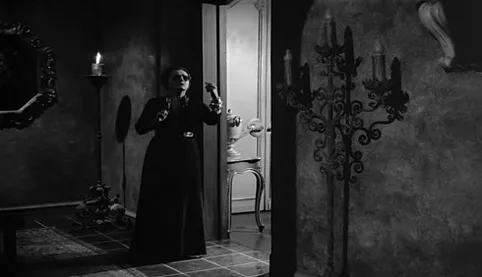

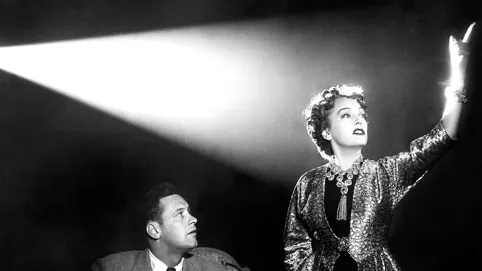
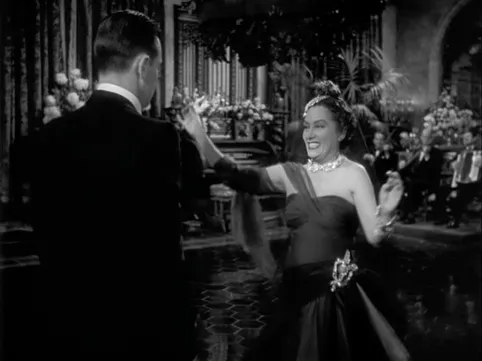
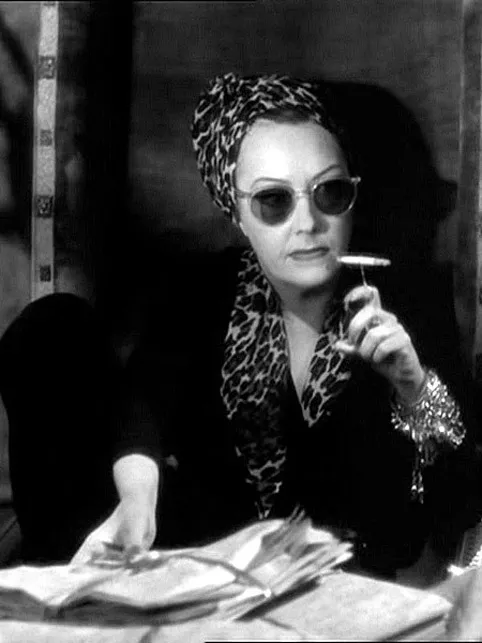
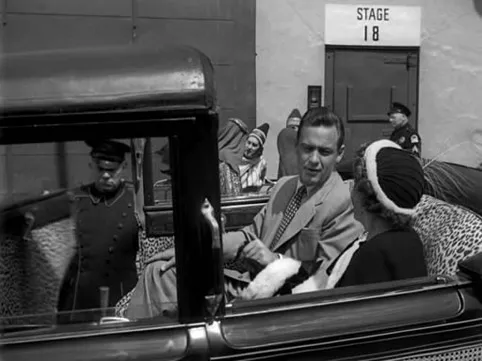

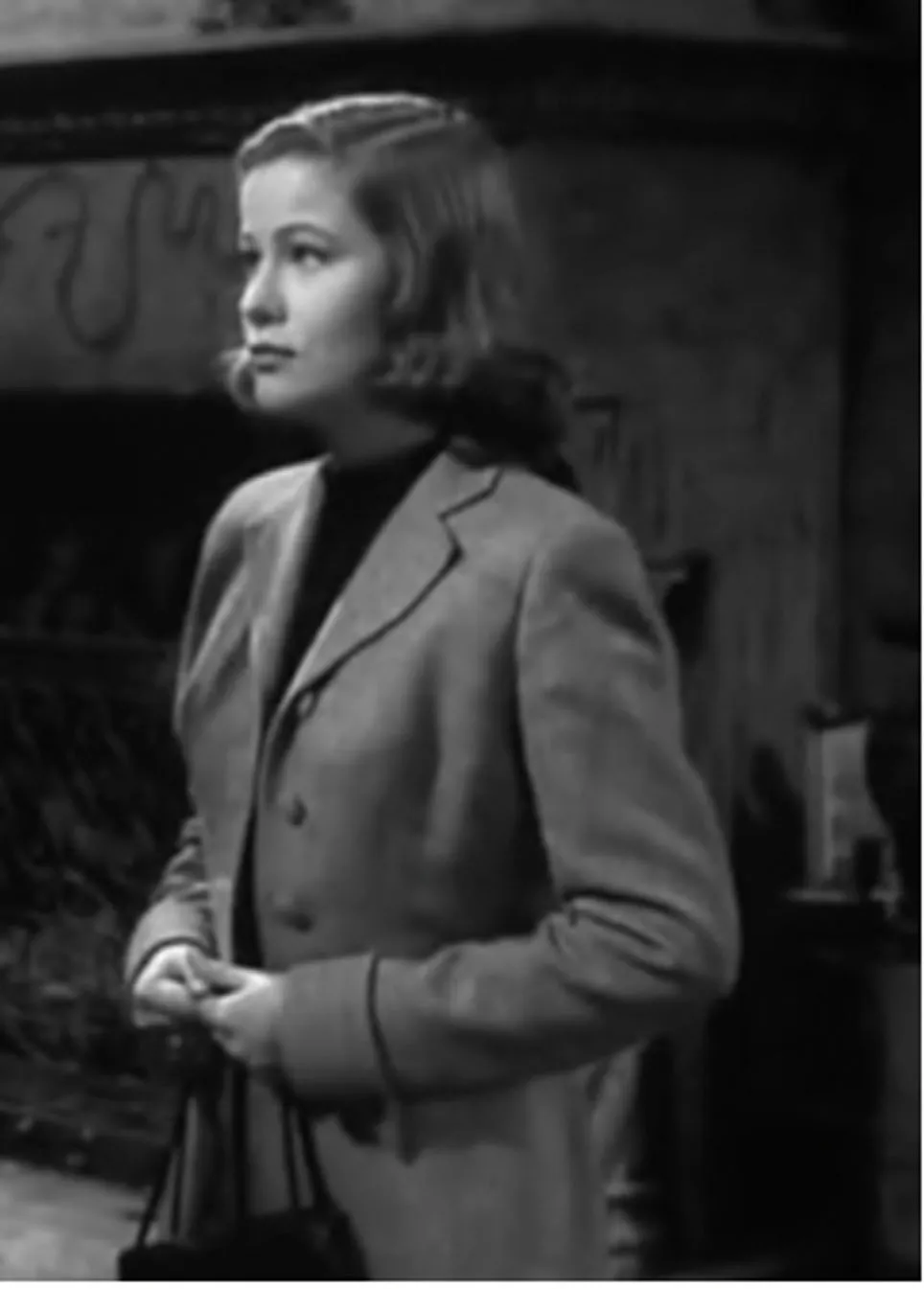
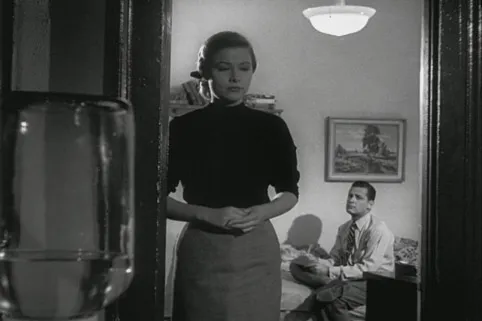
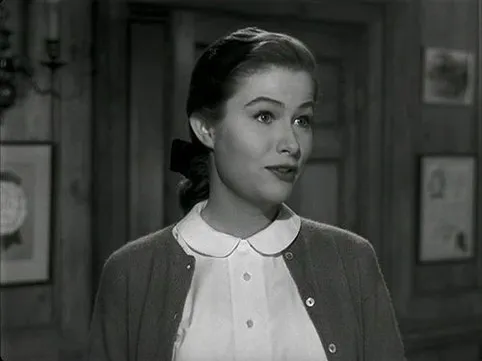




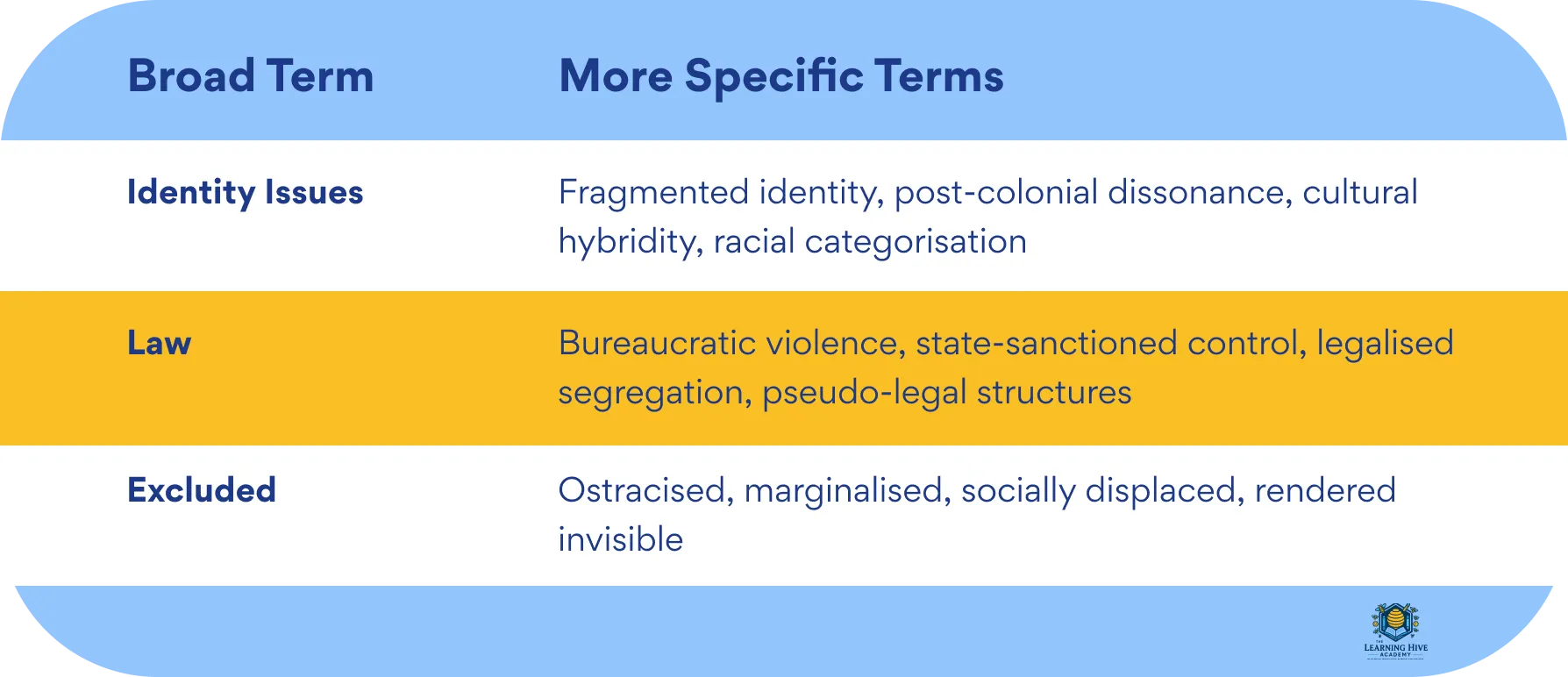



.jpg)